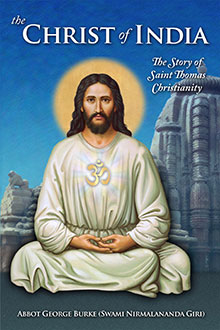 Q: What exactly is the blasphemy against the Holy Spirit which cannot be forgiven?
Q: What exactly is the blasphemy against the Holy Spirit which cannot be forgiven?
First we should look at the Bible references to the blasphemy against the Holy Spirit:
“All manner of sin and blasphemy shall be forgiven unto men: but the blasphemy against the Holy Ghost shall not be forgiven unto men. And whosoever speaketh a word against the Son of man, it shall be forgiven him: but whosoever speaketh against the Holy Ghost, it shall not be forgiven him, neither in this world, neither in the world to come” (Matthew 12:31-32, Luke 12:10).
The word translated “blasphemy” is blasfemia, which means to villify and rave against someone–even to curse and defame them. Intense hatred of the target is implied, also. The word translated “forgive” is afiemi, which means to banish, leave behind, omit, remit. It implies separation from, cessation or reversal. So this means to hate and work or speak against something and for the slate not to ever be wiped clean or the penalty cancelled.
Karma not to be neutralized
In a nutshell: whoever actively and intentionally defames or denounces the action of the Holy Spirit will suffer the consequences, the negative karma–not that they will be damned forever, but that they will absolutely pay off the karmic debt they created by their negativity.
All other karma can be neutralized by positive words and deeds, but not that karma, for it is self-destruction.
How do we blaspheme the Holy Spirit? It is not doing or speaking evil of a saint or master, because Jesus says:








